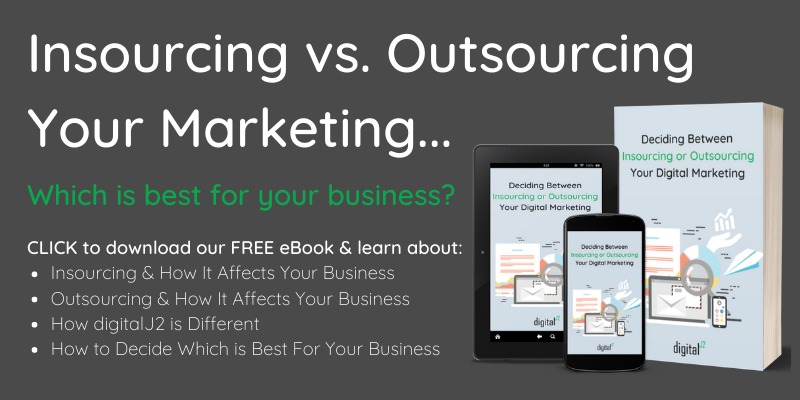
Demand for platform integration is growing rapidly as businesses realize their ability to increase business efficiency.
Platform integration is a great way to increase communication within your organization and maintain a full view of your customers. However, integrating platforms is often time-consuming and difficult.
There are several key things to keep in mind before integrating platforms. Before rolling out a new system, a company must pay strict attention to its objectives, coordinate between departments and any third-party consultants, and expend a lot of time and resources on platform integration.
What Should I Consider Before Starting a Platform Integration?
Define Objectives for All Departments
System integration often involves consolidating workflows and data throughout an organization into a single platform. Thus, integrating systems directly connects individual departments within that company together.
Effective communication at the beginning of the integration process will avoid missteps down the line. Different departments (e.g. sales, production, marketing) have a set hierarchy and various deliverables that need to be kept throughout the integration process.
It is important to ensure all departments have the space to express their specific interests and needs within the system integration.
Identify and Manage Risks
Risk management plans can prevent many avoidable errors from slowing down the platform integration. In this plan, identify any possible risks with the integration and create a plan for avoidance and mitigation.
Check for Existing Integrations
This step is easily overlooked, but before beginning a system integration, look at the previous datasets and systems to see if (and how) they were previously linked.
These communications between systems in the past can indicate some data is already formatted to match between existing systems, which would speed up a large-scale integration.
Define Reporting and Automation Requirements
This step will move the desires of the departments and the entire company into usable data for platform integration. It is crucial to make it clear what you expect for usability and ease of access within the new system during this process.
Consider the Questions a Developer Will Need to Have Answered
Prepare answers to questions developers need to know before they can proceed, such as:
- What departments and what services/data is involved?
- Do the systems have updated APIs?
- How should the data flow?
These questions are also great questions to include in the dialogue between departments. They are important in figuring out what the platform integration will accomplish for the company.

What Should I Do During the Platform Integration?
1. Analyze Data Structure and Check for Translational Consistency
You must ensure the data you are pulling from previous systems is usable in your target system. If it is not, you will have to reformat the data or find a new way to structure the target system. Ignoring this step could create an immediate impasse in platform integration.
2. Review Data Quality and Clean
Individual systems should display their key inputs and outputs so you can run checkpoints on the data. Having a clear idea of what is happening in a system’s dataset will help you catch duplicates, misspellings, and other inconsistencies that could lead to larger issues further along in the integration process.
In other words, this will “clean” the data and improve analysis results.
3. Idempotence and Integration Maintenance
Idempotence, in programming and mathematics, is a useful function that delivers the same result for a command despite the number of runs. It is a feature of many code elements, and thus it is an easy addition to system integration.
Integrated systems built with higher idempotence are more resilient and more easily maintained, as they can grow and evolve with the company in real time.

4. Conduct a Data-Mapping Exercise and Match Outputs
Once your data is structured correctly, mapping it out is essential to maintaining a healthy integration. Map out the connections between the data from one system to the next. This will help you to fix field name inconsistencies and match outputs. This step logically develops the design of the integrated system.
5. Set Up Validations and Integration Testing
Data validation checkpoints give you an idea of how the integration is running. These tests should be run strategically and periodically to flag any bugs or coding errors before moving datasets into new systems.
How Can Platform Integrations Help My Business Be More Efficient?
While these are the top things to consider before integrating platforms, there are many other internal and external aspects of platform integration. Data consolidation, analysis, and mapping will help create a clear path for what is expected of the new system. It is important to match datasets from one system to the next so they can flow properly.
Overall, communication before and during the integration, and throughout the life of the new system, is imperative to success. Platform integration aligns marketing and sales within your company and gives you a plethora of information on what your customers want.







